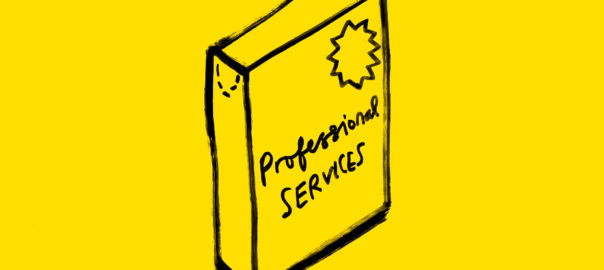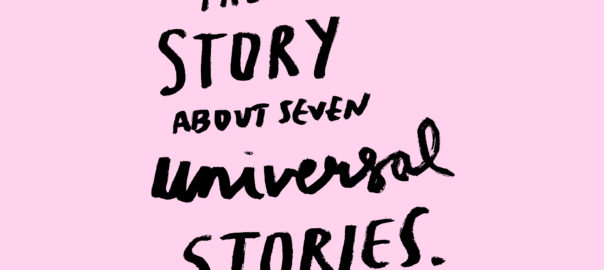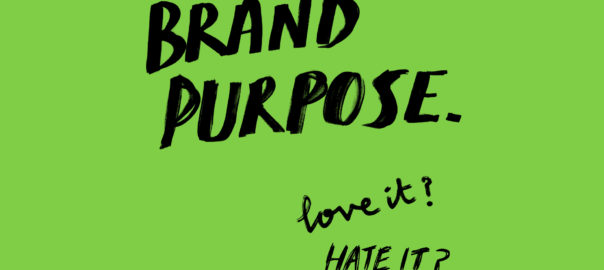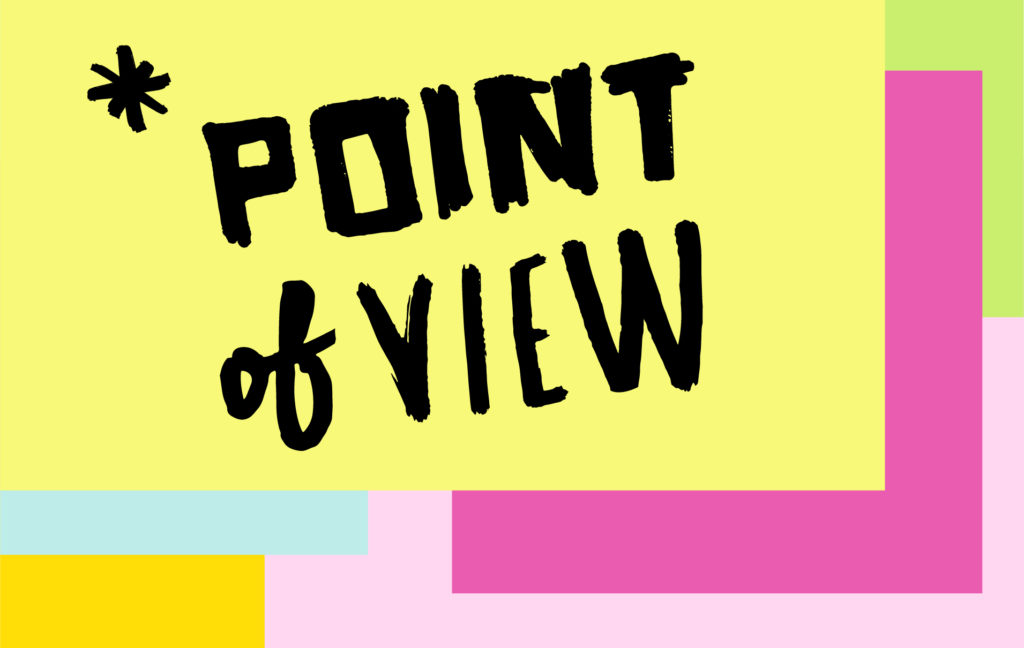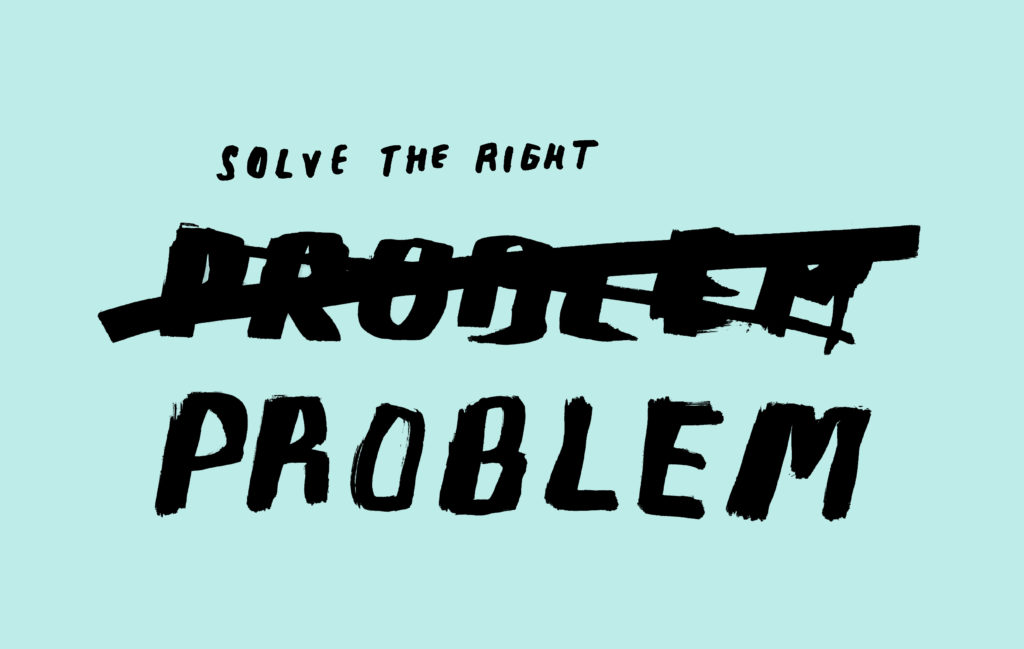What about Robert?
Robert Zimmerman arrived in New York on Tuesday 24 January 1961.
As he stepped out of a 1957 Chevrolet Impala, having got a lift, the temperature was 13 degrees lower than usual.
The weather up and down the eastern seaboard had been severe.
So bad, in fact, that it had almost caused the cancellation of JFK’s inauguration the Friday before.
In the chilly air was a feeling, as JFK put in his speech, that “the torch has been passed to a new generation”.
Whether Robert had heard this or not, he certainly saw things the same way.
He was playing a gig that night at the Cafe Wha?
Which was where he started to spin fanciful stories about who he was and where
he came from.
About his days riding the rails.
Of singing with the great troubadours.
How, for a time, he’d travelled with a circus.
When he’d played in Bobby Vee’s band.
And that his name was Bob Dylan.
The Jewish, middle-class, storekeeper’s son from Minnesota was not yet 20.
But he quickly established an identity as a rambling hobo and teen runaway.
This act started long before he got on stage, or to New York.
Back in Minnesota – his hometown – he was acting when merely walking down the street.
As the frontman of his rockabilly/blues garage band, the Golden Chords, he was the typical James-Dean-style, posing rocker.
He affected a new way of talking that was designed to make him seem deep, in a cool and unschooled sort of way.
It was around this time that he confided to his high-school sweetheart that he planned to devote his life to music.
And change his name.
“I know what I’m going to call myself. I’ve got this great name: Bob Dillon.”
A name he had borrowed from the sheriff in TV’s Gunsmoke.
By the time he reached New York in 1961, he’d already changed the spelling to Dylan.
Because he knew it looked better on the chalkboards outside music venues.
Bob Dylan’s drive to be someone was like that of Elvis before him.
The idea of ordinary life was intolerable.
Breaking his journey from Minnesota to New York in Madison, Wisconsin, he even told a perfect stranger:
“I’m going to be bigger than Elvis.”
Within a few months of arriving in New York, he’d managed to connect with everyone worth knowing in Greenwich Village.
He spent his spare time reading the likes of Faulkner, Graves and Machiavelli.
Kerouac, Burroughs and Dylan Thomas.
Just the type of stuff a college dropout might wish to read.
Along with the poetry of Pound, Eliot, Ferlinghetti and Ginsberg.
Casting himself as a Blakean visionary and romantic.
Heir to an earlier visionary generation.
He divided opinion in the Village.
The older folk singers couldn’t see what the fuss was about.
Which probably signalled that they knew his torch shone brightly.
Dylan attracted the patronage of Albert Grossman, who ran a club called the Gate of Horn in Chicago.
Grossman knew there was money to be made in the folk boom.
And he took Dylan on as a client and removed some of the uncertainty from the star-making process, buying Dylan onto the bill at Gerde’s Folk City on 25 September 1961.
And he made sure that his tame journalist, Robert Shelton, was there.
Shelton was a staffer at the New York Times who had been writing about folk music for several years.
Not just a commentator, but a talent spotter.
Dylan was second on the bill, but the publicity announced him as “the sensational”.
Shelton’s article, in that Sunday’s edition of the New York Times, put Bob Dylan on the map.
Selling almost one and a half million copies.
The headline and picture announced:
“Bob Dylan: a distinctive folk-song stylist.”
And there was no picture of the headliners to boot.
The 20-year-old, who hadn’t even been in the city for a whole year, had arrived.
By 1963, Dylan appeared to be playing perfectly in tune with society and the mood of the American people.
And the heated atmosphere of the fight for equal rights and the fear of possible nuclear war.
He was the voice of a generation:
“I’m on the pavement
Thinking about the government.”
It felt like it had come out of nowhere.
And if all you’d been listening to was Frank Sinatra, then it probably did.
With his unique voice and poetic lyrics, he wasn’t for everyone.
But often that’s the trick.
Trying to get your brand to appeal to everyone is often a big mistake.
Dylan’s audience may be smaller than many, but he has a loyal, hardcore band of enthusiasts who stick with him through thick and thin.
He remains true to what he’s always been about, American roots music.
But he regularly shakes things up, routinely altering his old songs, imbuing them with a new feeling.
Folk’s given a reggae treatment; rock gets a country vibe.
Refresh your brand by experimenting with new ways to talk to your audience.
It keeps your brand alive and invigorated.
It helps you to decide what works and what doesn’t.
The key is to align it behind a core idea or vision.
Then play.
Dylan knew from way back that it was all about image, a word often viewed as superficial.
But exchange image for identity, personality or distinctiveness and you get the point.
He knew that by casting himself as poet-visionary, he needed a swagger and a name to go with it.
As Fast Company said:
“A bad, boring, or sound-alike name dramatically dilutes the brand equity and potency.”
Often, a name is a signal conveying how an organisation thinks and behaves, in a nutshell.
At its best, it’s a boiling-down of an organisation’s position or purpose, alluding to or setting expectations.
The right name provides an edge.
It sets the business on the road to prosperity.
Or is that Highway 61?
— DB

